Top 10 Best First Cars For New Drivers
Most people can remember their first car; they tend to have symbolic and sentimental importance. Speak to people over a certain age and, for many of them, the idea of buying a brand new car as their first was little more than a dream. Now, however, thanks mainly to Personal Contract Purchase (PCP) finance deals, it’s much more feasible for your first car to be a new one.
New cars bring modern safety technology and ease of use, which are obviously of huge importance to the more inexperienced driver. They also bring more creature comforts too, including smartphone connectivity (such as Apple CarPlay or Android Auto), air conditioning and cruise control. Reliability is generally good for new cars, provided you keep up with basic maintenance.
What to look for in a first car
One of the biggest obstacles to driving is sky-high insurance costs. As a new driver, your lack of experience will count against you in the eyes of an insurer. If you can keep out of trouble for 12 months, you will accrue a no-claims discount which will give you a percentage reduction on your premium. And if you continue to not make any insurance claims, then this discount will only grow over the years. There are even finance deals which include free insurance, although this usually raises the monthly payments drastically.
One way of boosting a no-claims discount is to fit your car with an insurer-approved 'black box'. This electronic device plugs into your car's electronics and monitors your driving, and you and your insurer can review your performance to see how and where you can improve your driving. Return a good score, and the insurer can further reduce your payments for cover.
Still, buying a new car rather than an old second-hand one will mean it's inherently safer, because kit such as anti-lock brakes and electronic stability control is generally fitted as standard.
If you’ve got an automatic-only licence then you’ll obviously be limited to cars with automatic gearboxes, which tend to be more pricey and in relation to small cars, rarer. Manual cars can also help build driving confidence with greater control over the car’s mechanicals.
Let’s take a look at these 10 best first cars in 2021.
1. Volkswagen up!
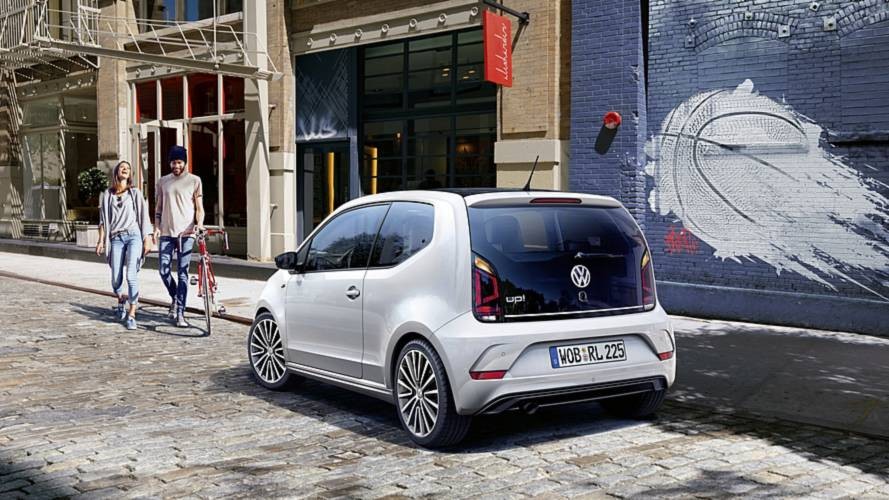 |
| Photo: Motor1 |
The Volkswagen up! is more sophisticated than its size and looks suggest. It’s comfortable, feels stable on the road and is enjoyable to drive. It’s designed to work in town, but it's not overwhelmed by or underpowered for the occasional motorway trip, although the long gearing does make it hard work.
The more recent reappearance of the VW up! GTI and e-up! electric variant has reinforced the up!’s formidable breadth of talents. That’s why we named the up! Best City Car three times in a row in our 2018, 2019 and 2020 New Car Awards. However, it was pipped to the post in our 2021 Awards by the new electric Fiat 500.
The up! is a rarity these days as it’s still offered with three- and five-door bodies. That’s largely of interest to anyone considering the top-spec sporty up! GTI warm hatch, but if you’re really penny-pinching there’s a three-door entry model too. The rest of the line-up is blessed with the much more practical and popular five-door set-up.
As well as the entry level up! and GTI models, the five-door line-up spans Beats, White Edition, Black Edition and R-Line variants, offering a range of different spec levels and styles.
The standard up! spec includes 15-inch alloy wheels, a five-inch dash display screen with smartphone nav interface and manual aircon. Beats gives you a 300W six-speaker sound system, different wheels and body decals, while the Black and White editions have trim elements coloured to suit their names and 16-inch wheels. The R-Line has lowered sports suspension, fog lights, heated seats and electric mirrors, while the GTI adds 17-inch alloys, red front brake calipers and iconic plaid cloth trim first seen in the original Golf GTI.
2. Ford Fiesta
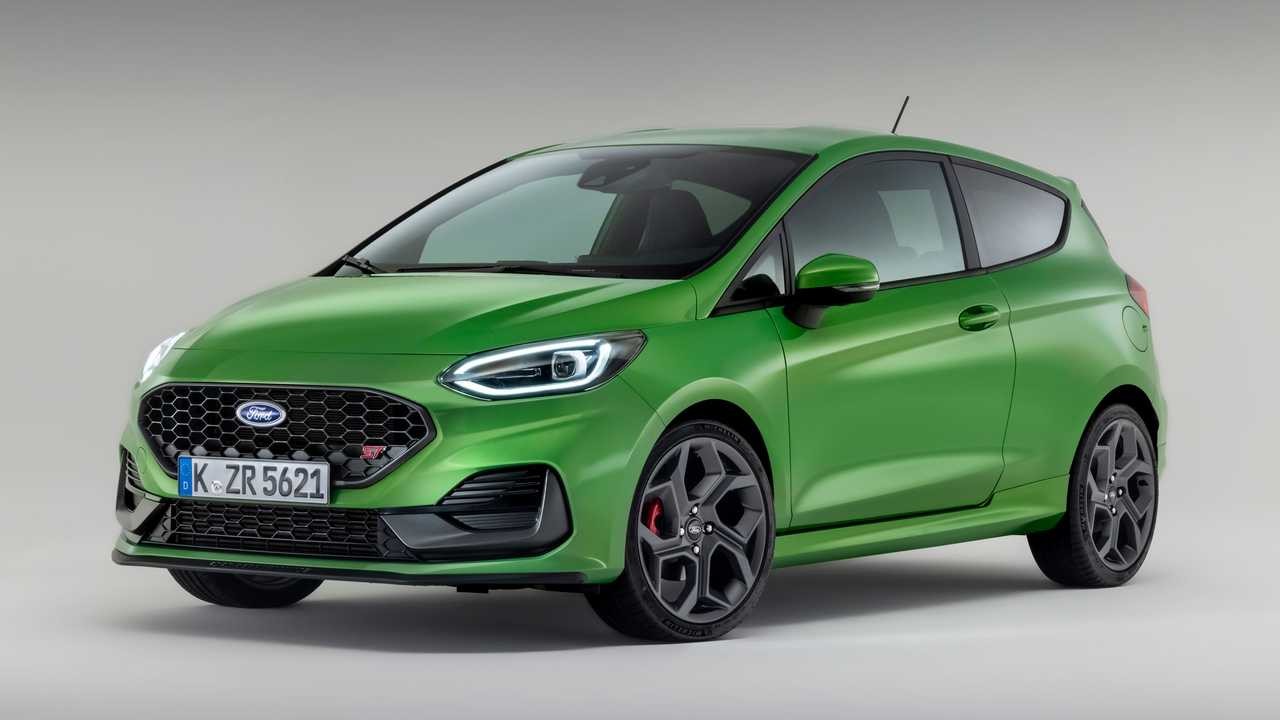 |
| Photo: Ford |
The Ford Fiesta has a well-deserved reputation for being the small car that will put the biggest smile on your face when you drive it. But there are plenty more reasons why the Fiesta has been top of the sales charts for more than a decade.
It certainly helps that there's a Ford Fiesta to suit most tastes. You can have a (relatively) cheap one that looks like butter wouldn’t melt, a sportier-looking ST-Line model that mimics the near-200bhp Fiesta ST hot hatch, or opt for a touch of luxury with the chrome-adorned Vignale. Ford has even considered the booming popularity of small SUVs by offering an Active model, complete with tough-looking black wheel arches, jacked-up suspension and roof rails – although if you want a small SUV we reckon you'd be better off looking at the brilliant Ford Puma.
The latest Ford Fiesta has some extremely strong competition, with like-for-like rivals including the Seat Ibiza, Peugeot 208 and Volkswagen Polo. Those looking for extra space in a compact package might also consider the Honda Jazz, while the Dacia Sandero massively undercuts all other small cars on price.
So, does the Fiesta have the talents to compete? And which engines and trims make the most sense? We’ll tell you all you need to know over the next few pages. And when you decide on the perfect car for you, click through to our New Car Buying service for a great hassle-free discount. You'll find big savings on the Ford Fiesta and most of its rivals.
3. Peugeot 208
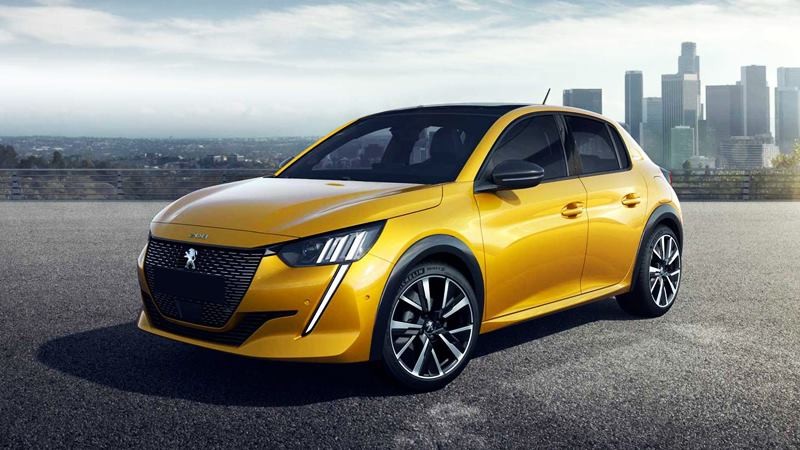 |
| Photo: Peugeot |
A calculated gamble. The new Peugeot 208 is, on the face of it, yet another handsome French supermini from a nation that’s bloody terrific at building desirable small cars. And note that it’s not a 209 either, but a ‘new 208’, Peugeot having settled on names ending in ‘08’. So, same name, new face, and the same desire to duff up the Renault Clio, Citroen C3 and Ford Fiesta, while pinching a few sales from the supposedly posher likes of the Audi A1 and Mini.
Except, there isn’t just a new Peugeot 208. There’s also a new Peugeot e-208. All-electric drive, but identical looks. No blanked-off grilles, platypus nosecones or even bespoke paint. It’s just a new 208, and just as you’ll choose between petrol and diesel (and pick the former), there’s now a third way. No fanfare, no gimmicks, just an electric option. If the demand is there, this could rewrite supermini history. As long as it’s not pants.
Before we get to the nitty gritty of combustion versus current, and range vs running costs, let’s just cover off the visuals – this is a seriously handsome supermini, less gawky in the face than the old 208 and less fussy than the over-creased Audi A1 or VW Polo. Prettier than a Fiesta too, and more modern than a Mini. Peugeot’s come a long way since it decided that styling cars was more complicated than just grafting a Gotham’s Joker grin on the front and heading for the wine cellar. The high-spec models with triple-LED ‘claw’ lights and 17-inch rims are extremely handsome. And the expectations don’t fall flat when you climb inside either.
The range (of models, not the battery) is pretty simple: things kick off with a 74bhp petrol and five-speed manual, the middle version is a 99bhp of the same 1.2-litre turbo with a sixth gear or an optional eight-speed auto, and then there’s the same engine again, this time with 128bhp as a range-topper with the automatic ‘box as standard. There’s only one diesel engine, a 99bhp 1.5-litre four-pot, but sales are expected to be minute. And of course, you can have an e-208 with running costs, says Peugeot, identical to the petrol one over four years.
4. Kia Picanto
 |
| Photo: Kia |
Despite its spicy sounding name, the Kia Picanto started life in 2004 as a fairly bland looking albeit cheaply priced and decently equipped city car. The second version in 2011 took full advantage of the Korean brand’s design awakening, famed German scribbler Peter Schreyer (he designed the original Audi TT, among other things) lending the company’s output some much-needed Euro flair and credibility. Schreyer’s signature move was the introduction of the firm’s ‘tiger nose’ grille, which has become familiar over time but was a bold look when it was first unveiled.
If the second-generation car was on the way up, the third version of the tiny runabout is meeting itself on the way back down – changes between iterations were limited to freshening up detail tweaks, a mark that there are barely any profits to be had in the city car segment. Especially from cars powered by ghastly petrol engines. Kia’s only real answer as rivals go electric has been to introduce stop/start tech to the range, so there’s not much under the bonnet worth boasting about.
It’s a bit of a shame that more people haven’t switched on to the Picanto, though – it shows up to the small car party with pep and fizz that few of its rivals can muster. It’s a hoot to drive around town and plenty practical enough for day-to-day urban life. Take it further afield on longer journeys and you’ll bump into some of the car’s shortcomings, but it’s never been billed as a long-distance cruiser. Although it perhaps falls short in terms of outright quality and dynamics, the car has a lot in its favour, especially when it comes to taking the chore out of everyday city driving.
The Picanto range has impressive breadth – 1, 2 and 3-spec cars begin the selection, the former kicking off proceedings at £10,995 and advertising its electric front windows, USB port and Bluetooth with pride. As with most cars, the entry models grab the headlines with their low, low prices, but the sweet spot is higher up the spec list as more of the good stuff becomes available.
5. Volkswagen Polo
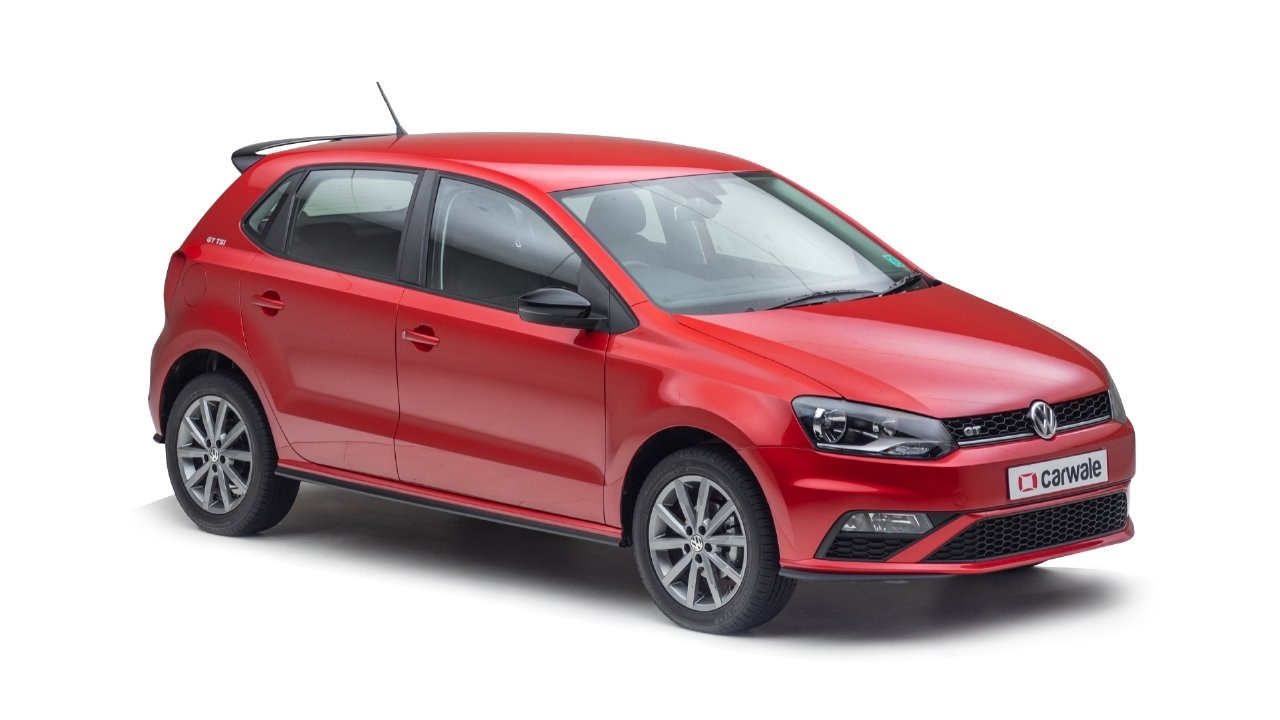 |
| Photo: CarWale |
The sixth-generation Volkswagen Polo builds on the strengths of its predecessors. It's more like a shrunken Golf than ever, and offers lots of space and tech when compared to its supermini rivals. Put simply, this is the quality option in the class, and nowadays it straddles the gap between regular superminis and premium models such as the MINI.
Buy a Polo and you’ll be getting into a small car that rides with a similar level of composure to a VW Golf, while the interior feels best in class for quality. It is an expensive small car though, and its chief adversary, the Ford Fiesta, is more fun to drive.
No matter which Volkswagen Polo you choose, from entry level S to the rapid GTI, you're getting one of the classiest superminis for sale in the UK today. The sixth-generation arrived in 2018, and it brought with it a step up in quality over the old car, as well as a range of efficient engines and some of the latest tech from the larger Golf.
6. Hyundai i10
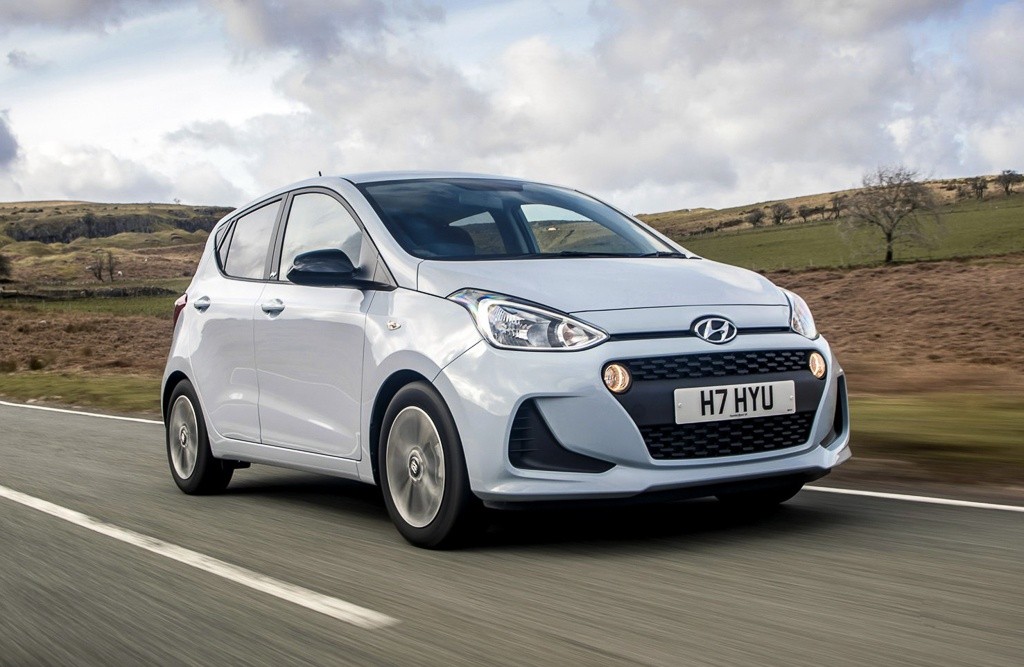 |
| Photo: Hyundai |
The Hyundai i10 is a strong contender in a shrinking city car market. Improvements to on-board tech, more cabin space and a sleeker, sportier look will entice some, but the i10 still can’t compete with rivals on performance and running costs.
The i10 feels comfortable on the move and should fit seamlessly into daily life, although high prices and a drab interior will count against it - particularly with those style-conscious customers looking for a funky urban runabout.
Although the i10’s city car competition has reduced in number, it’s still vital that the i10 is able to prove itself against the alternatives. Models like the impressive Kia Picanto and petrol-engined Volkswagen up! will be in the thinking of many buyers and so will the battery-powered e-up! and SEAT Mii Electric rivals.
Affordability is key for city car customers and the cheaper Toyota Aygo, Citroen C1 and Peugeot 108 triplets will prove tempting on that score. So will less expensive versions of larger superminis from the class above, which tend to trump city cars for size and sophistication.
7. Renault Clio
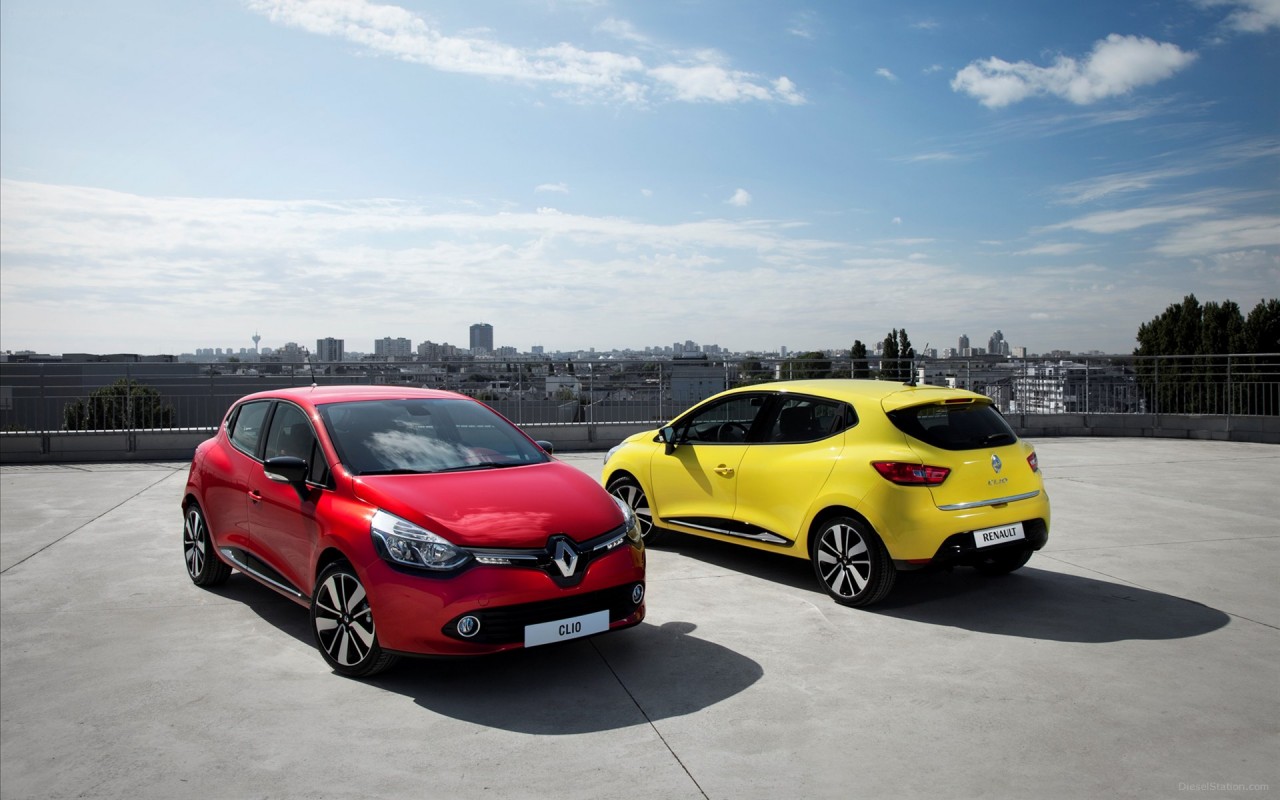 |
| Photo: otoS |
A new city car, which for several reasons is something of a rarity nowadays.
One issue is profit, or a lack thereof. Small cars like the Hyundai i10, Kia Picanto, Renault Twingo, Fiat Panda and so-on have never earned their manufacturers much money because they cost just as much cash to develop as big cars (seriously clever engineering is required to pack everything in) - and nowadays have to come as standard with much of the same expensive infotainment and safety tech’ - but of course retail for much, much less.
And things are about to get even more difficult - from next year all mainstream car manufacturers have to comply with strict new emissions rules that are set to make offering ‘A-segment’ cars like the i10 even harder. A manufacturer must achieve a ‘fleet average’ of 95g/km of CO2 - meaning it can sell cars that emit more than that, but will have to offset them with enough low- and zero-emission hybrids and EVs to get the company-wide average down. The fines for missing the target are massive.
Getting a purely internal-combustion engine car to emit less than 95g/km of CO2 is challenging to say the least. It really requires some form of electrification. Easy in a big car, less so in a small one, at least without jacking up the price significantly (not good, in a city car) and adding much weight and complication to what are supposed to be light, simple machines.
8. Peugeot 108
 |
| Photo: Peugeot |
The Peugeot 108 is undeniably one of the old ’uns in the city car segment, alongside its fellow old-stagers the Citroen C1 and Toyota Aygo, which are basically the same car underneath.
So does the three-of-a-kind 108 represent a safe bet, or is it a gamble too far these days? Well, so far, only the Hyundai i10 – with its spacious interior and generous equipment levels – has had the measure of the Volkswagen up/Seat Mii/ Skoda Citigo (now dead) trio.
Still, from the off, the Peugeot has all the important boxes ticked: it’s cheap to buy, frugal to run, has small dimensions and cheeky looks. It also has equipment such as a touchscreen infotainment system, air-conditioning, plus automatic headlights and wipers.
If that sounds good to you, and want to get offers from our trusted Peugeot dealers, we’d recommend the 1.0-litre petrol engine with Active trim. Click the link, choose your colour, hit the Get offers button and see how much you could save: Peugeot 108 Active.
The old Peugeot 108 was always an excellent city car. Its willing little three-cylinder engine, in town at least, gave nippy performance and emitted a pleasant thrum that meant working it hard wasn’t a chore on the ears. The same wasn’t true at motorway speeds, where the engine noise soon manifested itself as a constant and annoying drone. Peugeot has looked to address this in the new model and it’s something VW managed with the Up.
9. Citroën C1
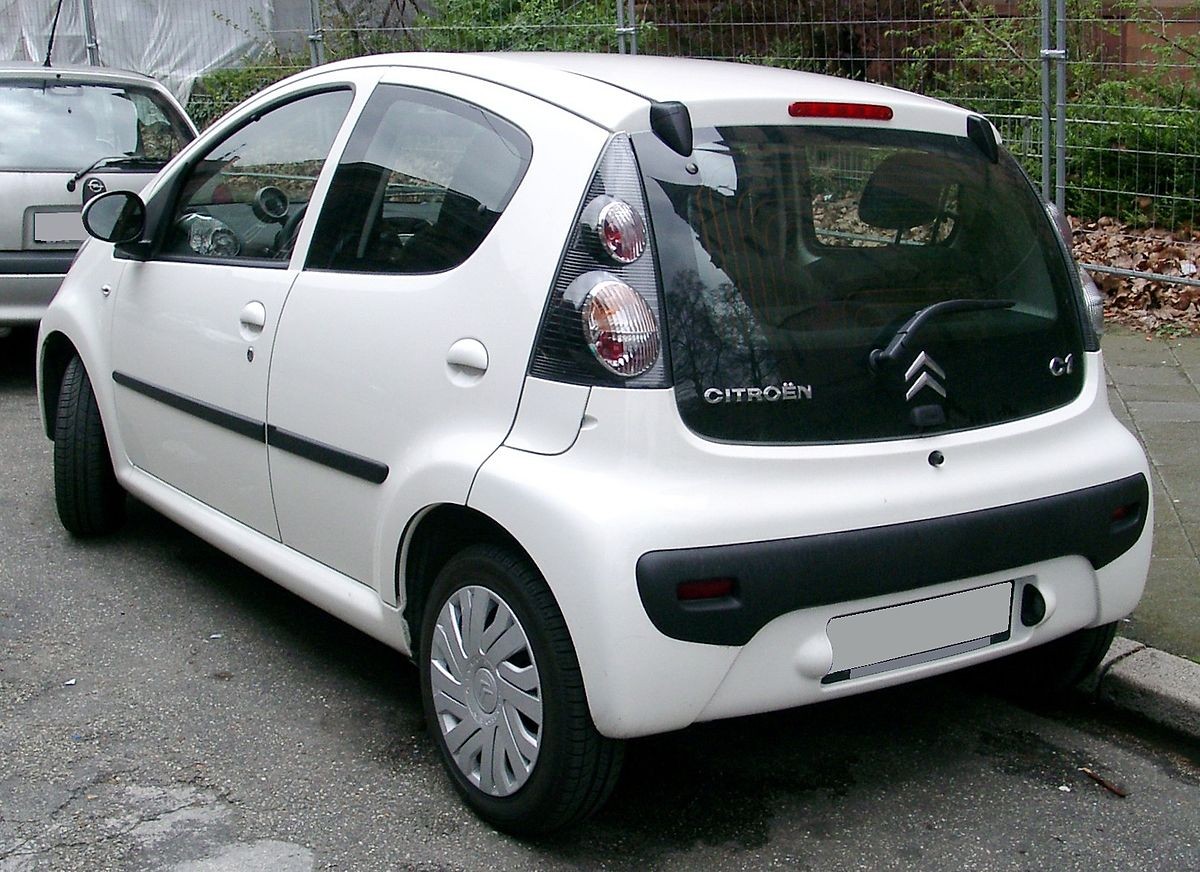 |
| Photo: Wikimedia Commons |
Remember when the Citroen C1 first launched in the mid-2000s? Alongside the Peugeot 107 and Toyota Aygo – which used the same parts but each looked a little different – it heralded a slightly new piece of thinking in small cars.
There were deliberate touches to make it cheaper and lighter than rivals: rear windows that popped out rather than wound down on five-door cars, and just one piece of string for the parcel shelf. Take care of the pennies and the pounds will look after themselves, and all that...
Their clever thinking kickstarted a bit of a renaissance for the city car class they competed in, and the following years saw the arrival of another co-developed trio, the VW Up, Seat Mii and Skoda Citigo as well as the sensible Hyundai i10, retro Fiat 500 and rear-engined Renault Twingo, all trying to outsmart the C1 and its siblings.
Citroen’s response hasn’t been to reinvent the C1 – spend a big development budget on a car like this and its bargain price will have to rise in response – but to give it some new styling, inspired by the rest of its range, and a ton of customisation options.
10. Skoda Fabia
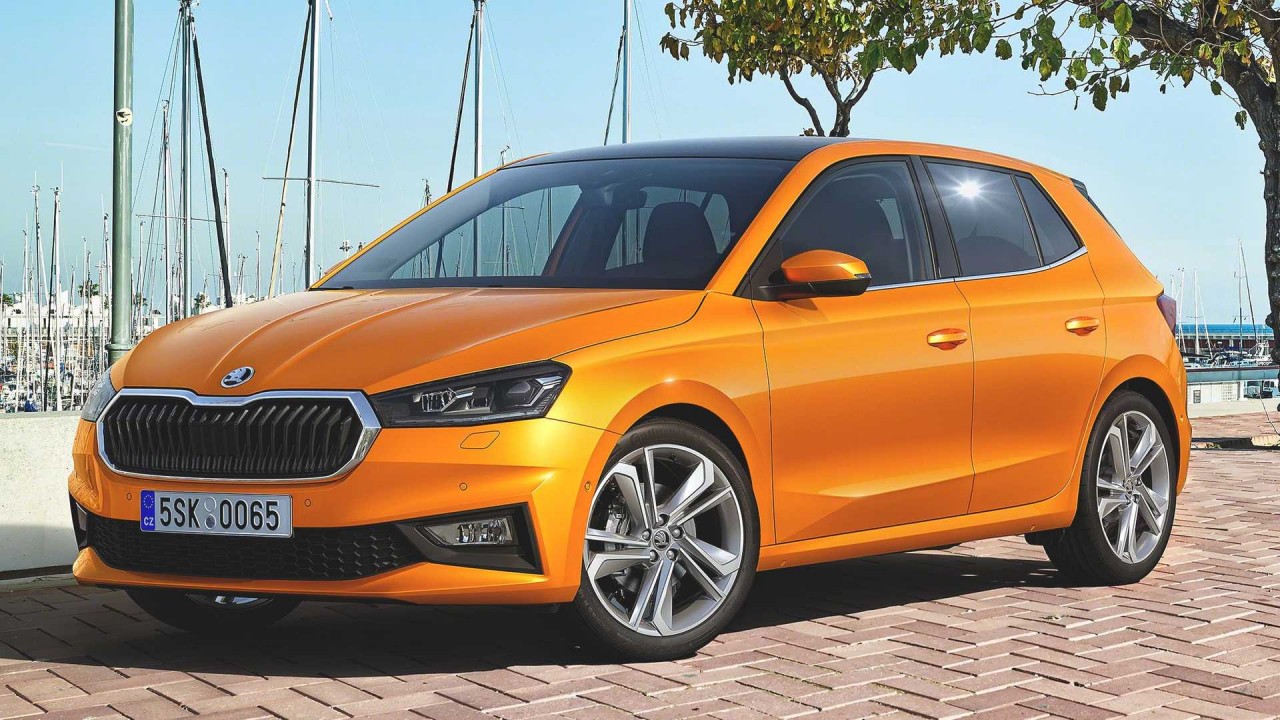 |
| Photo: Motor1 |
The Skoda Fabia has been a huge success, with more than 4.5 million finding homes around the world since it launched around two decades ago. Customers appreciated the affordable running costs, space and sturdy build quality. It wasn't lost on anyone that the Fabia was closely based on the classy Volkswagen Polo, just as it is today.
It has taken quite a while for the latest Fabia to arrive, however, finally using the same underpinnings as the Polo and SEAT Ibiza as those two cars get a midlife facelift. The result is a significant size increase, and access to much more modern infotainment and safety technology.
Skoda has become synonymous with practicality, and there's no sign of a change in approach, with the Fabia now boasting a 380-litre boot, which is way bigger than the Ford Fiesta and matching cars from the class above. Not only that but there's more space for passengers and child seats, giving the supermini more versatility than ever.
As features continue to trickle down from bigger models, the Fabia feels increasingly upmarket. Never before have Fabia owners been able to choose a heated steering wheel or panoramic sunroof, and LED headlights now come as standard. Infotainment is taken care of by a central touchscreen measuring up to 9.2-inches in size, while digital instruments can also be chosen to replace the standard analogue gauges.
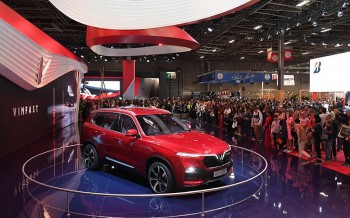 | Vietnam's First Automaker VinFast Eyes European Strategy Vietnam's first homegrown car manufacturer Vinfast plans to focus on more countries to expand its European strategy. |
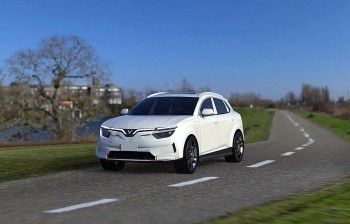 | VinFast, Vietnam’s First EV Maker, to Take The World by Storm With Its New Intelligent Models Vietnamese automaker VinFast is ready to take the world by storm with its intelligent EV which will be available in the North American and EU ... |
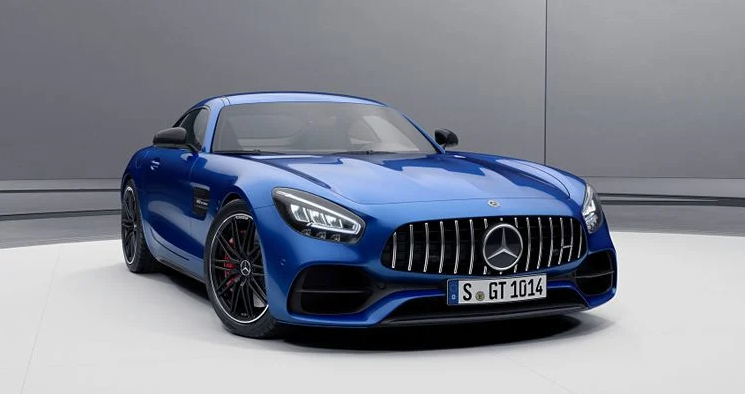 | Top 10 Most Beautiful European Cars Europe has always been at the forefront of beautiful car design. The European car market has always been a space of great thrills and enticing ... |
Recommended
 Handbook
Handbook
Vietnam Moves Up 8 Places In World Happiness Index
 Handbook
Handbook
Travelling Vietnam Through French Artist's Children Book
 Multimedia
Multimedia
Vietnamese Turmeric Fish among Best Asian Dishes: TasteAtlas
 Handbook
Handbook
From Lost to Found: German Tourist Thanks Vietnamese Police for Returning His Bag
 Handbook
Handbook
Prediction and Resolution for the Disasters of Humanity
 Handbook
Handbook
16 French Films To Be Shown For Free During Tet Holiday In Vietnam
 Handbook
Handbook
Unique Cultural and Religious Activities to Welcome Year of the Snake
 Handbook
Handbook


